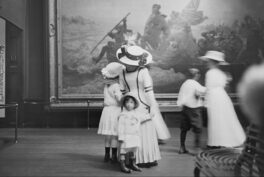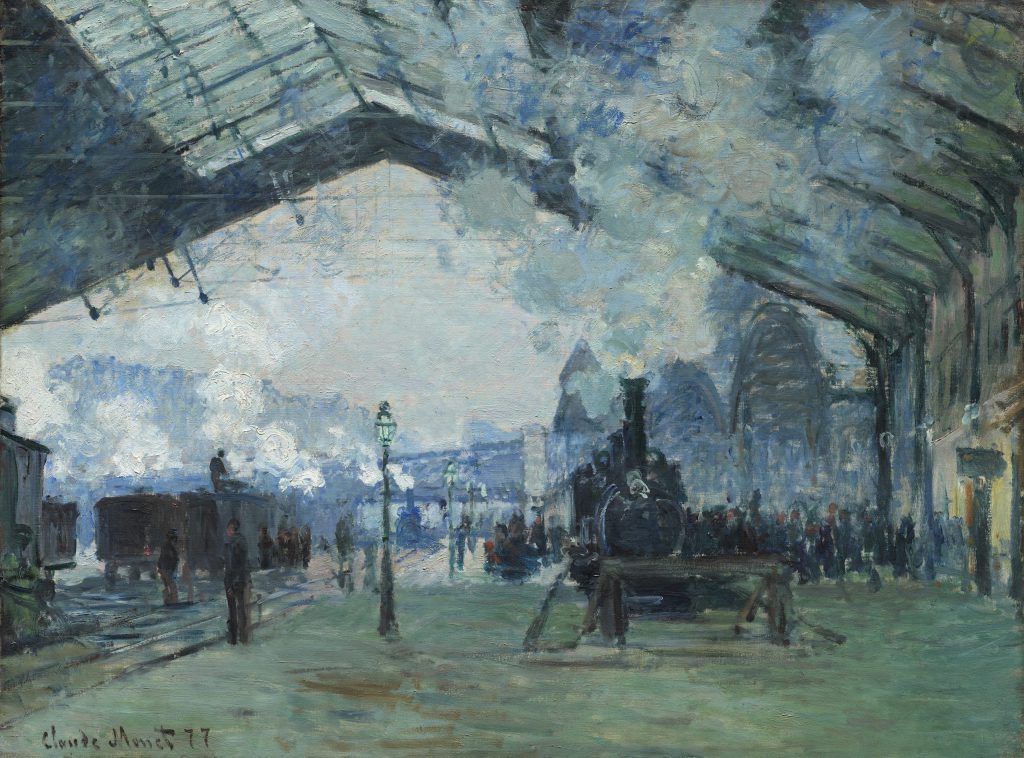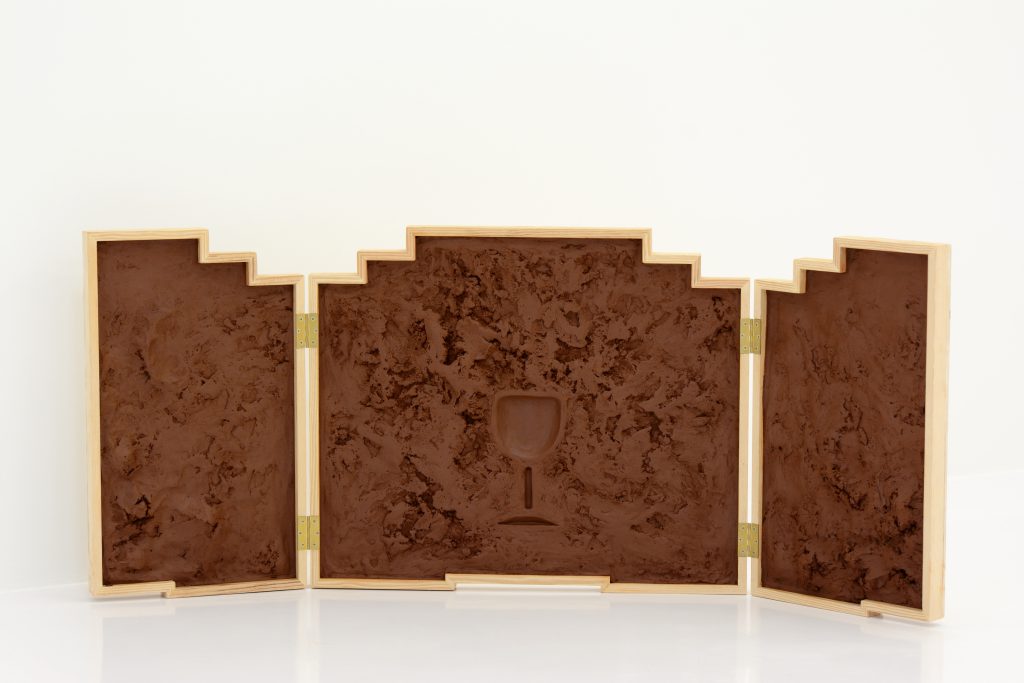Europalia. Tracks to Modernity is an artistic and historical journey on the theme of the train through works by major artists of the 19th and 20th centuries such as Claude Monet, Gustave Caillebotte, Leon Spilliaert, Umberto Boccioni, Gino Severini, Fernand Léger, Giorgio de Chirico, Piet Mondrian, Victor Servranckx, Angelo Caviglioni, Paul Delvaux, and Rene Magritte.
In its early days, the train was the ultimate symbol of modernity. It was a major tool of the industrial revolution. In the 1820s, the first railway lines appeared in Great Britain to meet the needs of the mining industry. Belgium was the first to follow and in 1835, King Leopold I inaugurated a railway line linking Brussels with Mechelen. The train profoundly changed society. It disrupted human relationships with time and space. At the end of the 19th century, the Impressionists took up modern subjects, including the railways. Clouds of steam, the movement of trains, the changing light of the station and its surroundings are all aspects Monet, Caillebotte, De Nittis, and Ottmann tried to capture.
Modern society – its speed, violence and the sensations it generated – also fascinated Futurists such as Severini, Carrà, Russolo, Baldessari, and Sant’Elia. Boccioni was one of the first to take an interest in the psychological aspects of travel. The Surrealists adopted the point of view of the traveler: psychological aspects took precedence over the appeal of modernity. Artists’ interest in the train diminished from the 1950s onwards, however it is making a comeback in an era when modernity and the environment must be reconciled. The artist Fiona Tan will present an installation on this theme.
The exhibition will run from 15th October 2021 until 13th February 2022.
Fabrice Samyn. To See with Ellipse
























